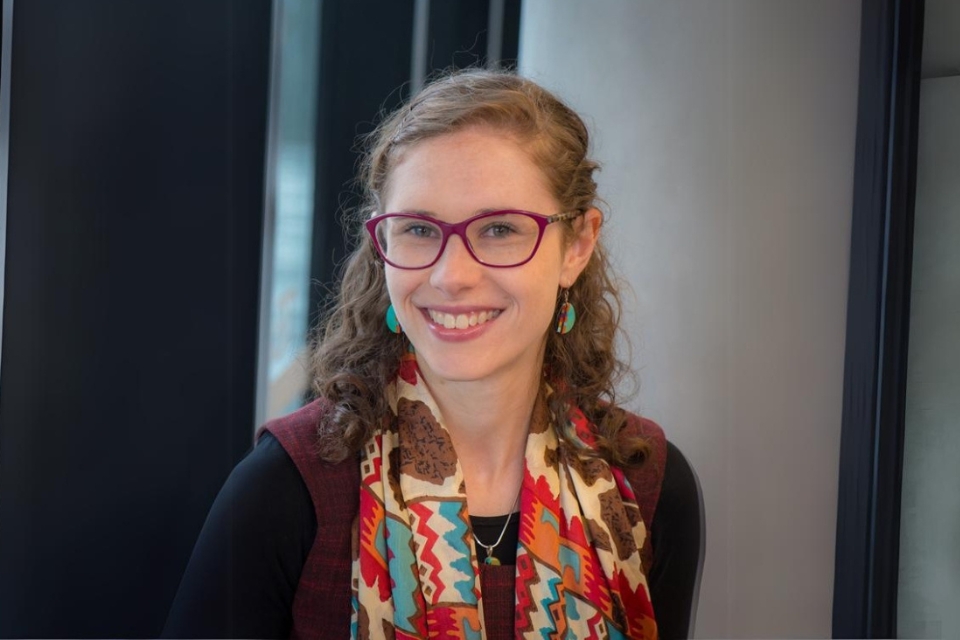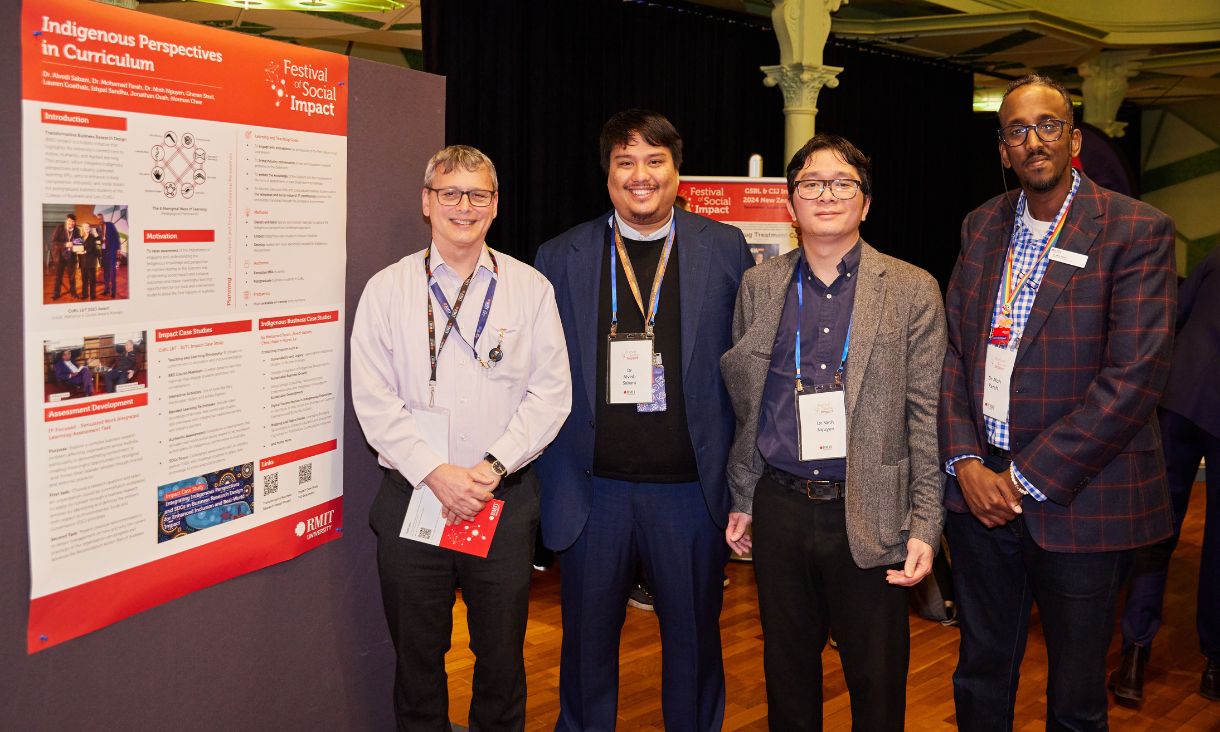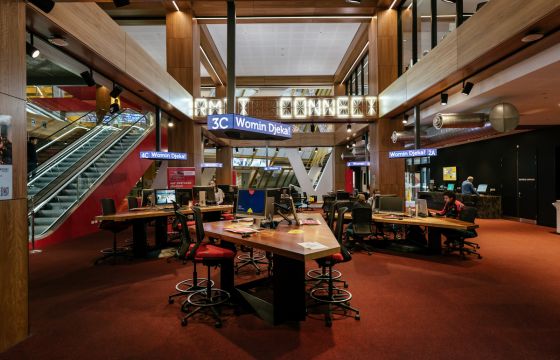Being raised in a family of educators instilled in Dr Anderson a passion for inclusive access to learning. She worked in inclusive education for over a decade before she joined RMIT as a Vice-Chancellor's Senior Research Fellow in the School of Computing Technologies.
Her past experiences as a degree program director and Associate Head of School (Teaching and Learning) exposed her to the often-complex relationship between policy/ governance and practical inclusion.
She is a strong advocate for authentic co-design and proudly works with many partners across the disability community.
Currently Dr Anderson works primarily as a researcher, exploring how Artificial Intelligence (AI) and emerging digital technologies can be made more useful, accessible, and inclusive for people with disability.
In your experience, how can diversity strengthen learning communities?
Being a communication specialist, I always appreciate how being a member of a diverse learning community strengthens learners’ communication skills.
For example, working and learning alongside people from different cultures or discipline backgrounds often provokes reflection on the factors that shape our own understandings and biases.
When fellow students have disability or diverse learning needs, working effectively together also demands resourcefulness and a closer attention to communication access. Practicing these skills as learners not only produces more knowledgeable graduates, but ones who are better prepared for an increasingly diverse and global workforce.
One of the best examples I’ve seen of this was in the work of my colleague Dr Jo Raphael, who delivered inclusive education classes for pre-service teachers alongside a teaching team of professional actors with intellectual disability. Working through the immersive drama experiences was a confronting but transformative opportunity for the students, which ultimately built their confidence to address future inclusion challenges. This example shows the value of not just embracing diversity in learning communities, but in elevating and empowering traditionally silenced voices for the topics we teach.
How can the benefits of accessibility practice in education extend beyond those with lived experience?
I like to consider accessibility within a broader educational framework called Universal Design for Learning (UDL). UDL is about creating flexible activities and environments that enable participation by all learners, regardless of their needs or abilities.
This is achieved by providing multiple ways for learners to engage with content and express their understanding, and accommodates for diverse learning motivations.
Importantly, these conditions are built into the curriculum, making it easier to include learners with disability or neurodiversity from the start.
As an example, a few years ago I saw an increase in students with dyslexia and learning disability in my classes. I decided to record podcast versions of the online content, to complement the existing written material. Students with disability appreciated this addition, but so did students with caring responsibilities and full-time jobs! The podcast format allowed students to study while commuting, washing dishes, breastfeeding, or stacking shelves.
It's an important and exciting time for AI, digital technologies and learning, can you share some insights from your research into considerations of these technologies from the perspective of disabled or neurodivergent learners?
I think the first thing to realise is that, despite its transformative potential for education, AI brings new and complex threats to inclusive practice.
Part of this comes from an under-representation of people with disability or diversity in the design of AI systems and in the datasets used to train them. As a result, there’s a risk that some AI-based decisions may be unintentionally biased against diverse learners or fail to account for their unique needs.
AI interfaces also require the same attention to digital accessibility as other learning resources to avoid educational disadvantage. That being said, many in the disability and neurodiversity community are early and avid adopters of AI and their insights can shape a more inclusive future for AI-enhanced Educational Technology.
Engaging learners with disability or diversity to test and co-design emergent learning technologies, and being transparent about any inclusion outcomes, is essential. If you’re interested in this work and would like to learn more, I recommend joining RMIT’s Digital Accessibility Community of Practice!
Do you have any advice for educators about creating safe and inclusive learning environments for students with disability?
Yes! Firstly, you’ve already started. If you’re feeling overwhelmed by the enormity of this work, consider the small accessibility practices you’re already doing in your teaching that seem to be working well, and why. You might be surprised by the “hidden beneficiaries” of your inclusive work!
Secondly, engage with the broader inclusive education community. An initial step might be to visit RMIT’s Inclusive Teaching hub, or join our Universal and Inclusive by Design Community of Practice to exchange ideas and resources. If you’re looking for a more rigorous way to plan or evaluate your work (e.g., for promotion, awards, or fellowship applications), consider mapping your teaching strategies and impacts against a formal educational framework such as UDL (UDL: The UDL Guidelines (cast.org)).
Finally, embrace a degree of vulnerability and uncertainty in your work. Good inclusion allies welcome feedback and guidance from people with disability and neurodiversity on all aspects of their practice. This can be confronting, but I’ve found that leaning into these hard conversations with humility produces stronger relationships and better outcomes long-term. Trail blazers in inclusion can also come up against systemic hurdles – if you notice that policy or procedure are getting in the way, have a chat with senior teaching and learning staff, or the Equity and Diversity team, about what issues you’re seeing and what we might do to improve this.








